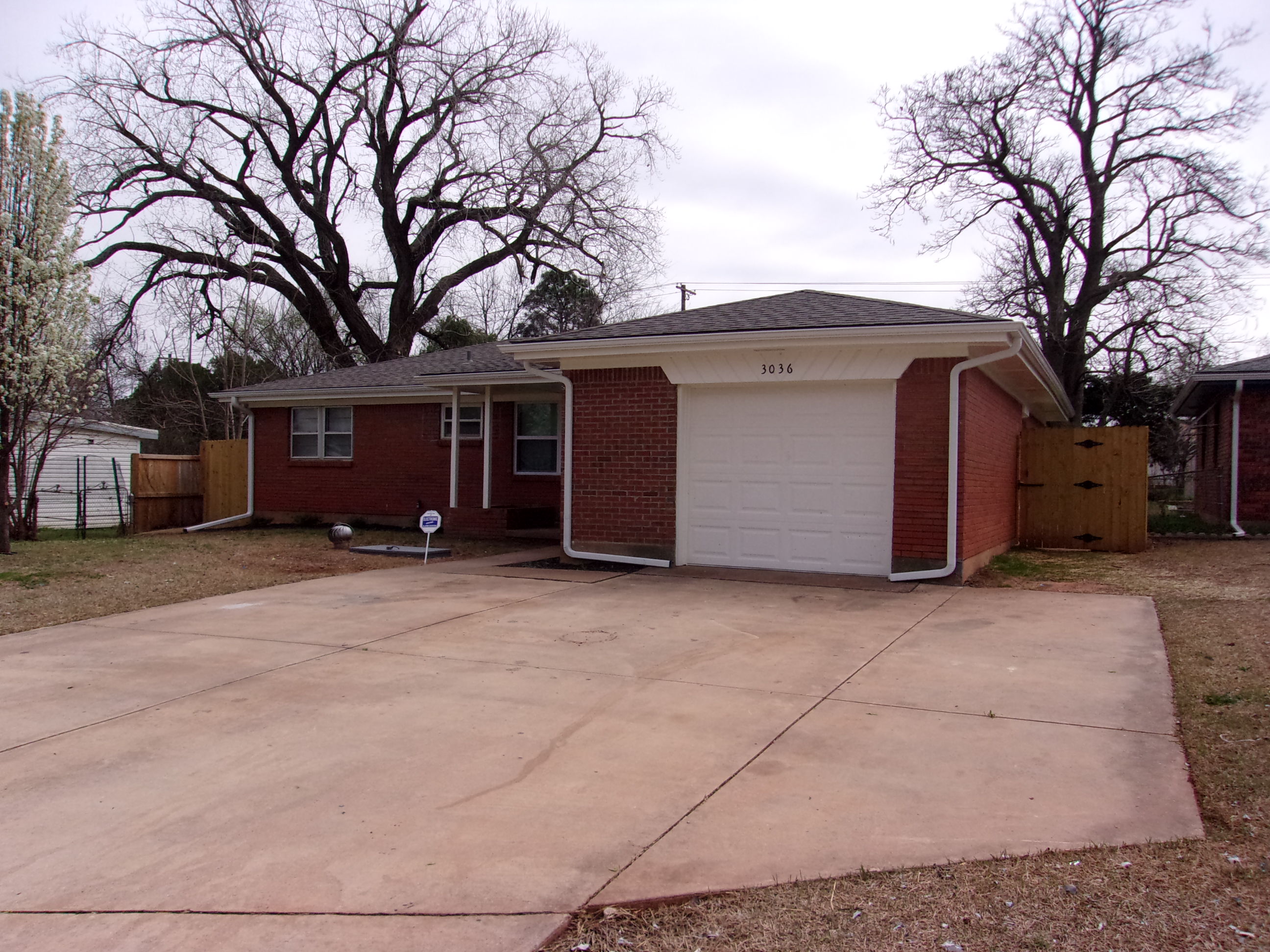 While the 2020 real estate market defied all expectations and pulled record-breaking performance among secondary and tertiary markets across the nation, it was an economic anomaly.
While the 2020 real estate market defied all expectations and pulled record-breaking performance among secondary and tertiary markets across the nation, it was an economic anomaly.
While as real estate investors we are chiefly concerned with the housing market, the state of the economy at-large does impact present and future investment potential. Economic trends, for better or worse, do influence the housing market. While 2020 was in many ways an astonishingly good year in real estate, the same cannot be said for the rest of the U.S. economy.
This leads us to believe that the market will see a K-shaped recovery. What exactly does that mean for the real estate market and investors?
What is K-Shaped Recovery?
K-shaped recovery is defined by one or more markets pulling more quickly out of a recession than others. This creates a “split” in a visual chart, forming a graph that looks like the letter K. The economy is a highly nuanced system that is impacted by near limitless factors. This can make things unpredictable, particularly when a human element is involved. Because of this, market recession and recovery do not always move in the same way for different economic markets. At times, they diverge.
Factors Pointing to a K-Shaped Recovery
Hot Real Estate
When we look at a comprehensive overview of median home prices through the years, we see an upward trend through the decades, even if there have been dips here and there if we adjust for inflation. The biggest dip in median home prices came as a result of the Great Recession. Since then, prices have climbed and have continued to climb for almost fifteen years.
We know that 2020 was a hot year for real estate. During the last major recession, however, we saw the real estate market take a significant hit along with the economy at-large. In 2020, the COVID-19 pandemic devastated the economy (which we will touch more on) — but real estate stayed strong outside of primary markets.
This has been in part due to lagging inventory, attractive interest rates, and accelerated and shifting homebuyer trends. The fact that real estate has, overall, remained unaffected by the pandemic stands in stark contrast to the rest of the U.S. economy.
Healthy Stock Market
The stock market also highlights the disparity between the average American and Wall Street. The Washington Post reports that the stock market closed at record levels in 2020. This is, of course, as the headline states, as millions go hungry. Despite the spreading of the virus, record-high unemployment rates, and devastation to small businesses, the stock market has not reflected the suffering of many Americans.
In many ways, it seems like the stock market and the real estate market are off in their own worlds, unaffected by the reality of the pandemic’s widespread economic impact. These two areas of the economy are where we see signs of K-shaped recovery.
Unemployment Rate
According to an official report from the Congressional Research Service, the pandemic recession began in February 2020. By April 2020, the nationwide unemployment rate jumped to a high of 14.8 percent from the lowest unemployment rate in recent history. The Great Recession, arguably one of the most devastating and far-reaching recessions in our history, saw an unemployment peak of 10 percent in October 2009.
While the unemployment rate has been dropping since its April high, jobless claims continue to be worse than projected with a total of 20.44 million filings.
Growing Unaffordability
Unaffordability has been a growing problem in the United States for decades. Wages have not kept pace with inflation while housing prices have only grown. This is expected, as real estate hedges against inflation. However, this growing disparity has created more challenges for Americans, homebuyers, and rental residents alike.
Reuters reports that unaffordable rentals might be the new normal. Over 20 million Americans face a cost burden when it comes to renting. There was a time where renting was seen as an undesirable, temporary condition when buying a home was not an option.
However, the number of rental households grew to 43.7 million in 2018 — representing a 21 percent increase since 2004. More and more, renting has become the norm and a perfectly viable long-term option. The problem is global and national unaffordability.
Lumber prices are high where homebuilding is slow. Inventory is tight. Prices are up. Homebuyers and rental residents alike are faced with some serious financial opportunity costs to make ends meet.
When we look at K-shaped recovery, this gap only exacerbates the issue.
What Market Imbalances Mean for Real Estate Investors
Ultimately, K-shaped recovery spells a changing of the times for many Americans. As MarketWatch says, it may not be enough to work hard to afford a home. Low-income households are always hit the hardest by economic pains. That hasn’t changed. However, those impacted by unaffordability are growing.
For real estate investors, K-shaped recovery heightens the demand for quality, reasonably priced single-family rentals. The real estate market shows no signs of slowing down. Your equity is going to grow. However, we must all be cognizant of the challenges facing American households.
Things only bend so far, and then they break. We may not know exactly where the breaking point is but we do know how we can mitigate its impact.
Diverse investments concentrated in stable, growing secondary real estate markets is key in a lasting and successful real estate portfolio. Investors don’t need to sacrifice their success to contribute to a healthy housing market. If anything, investors will continue to play an instrumental role in providing quality housing for Americans of all economic classes.
Achieve your investment goals in any kind of market with REI Nation!












